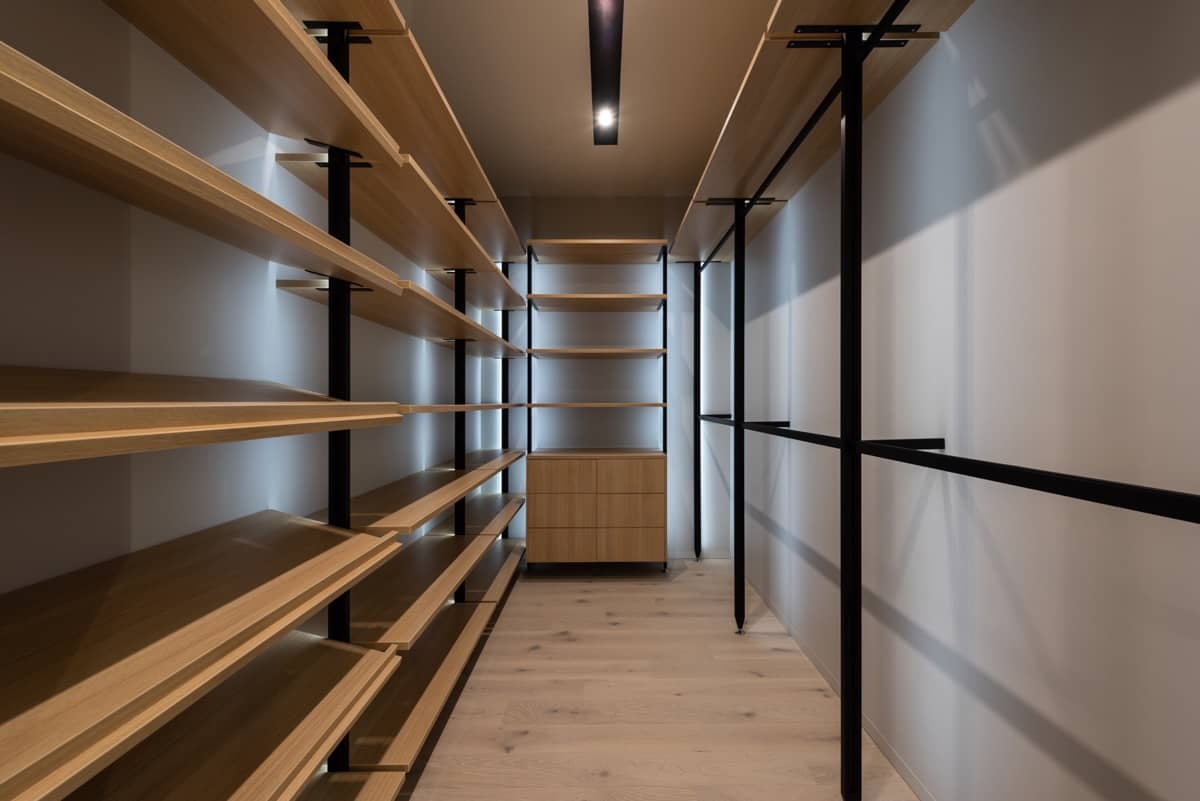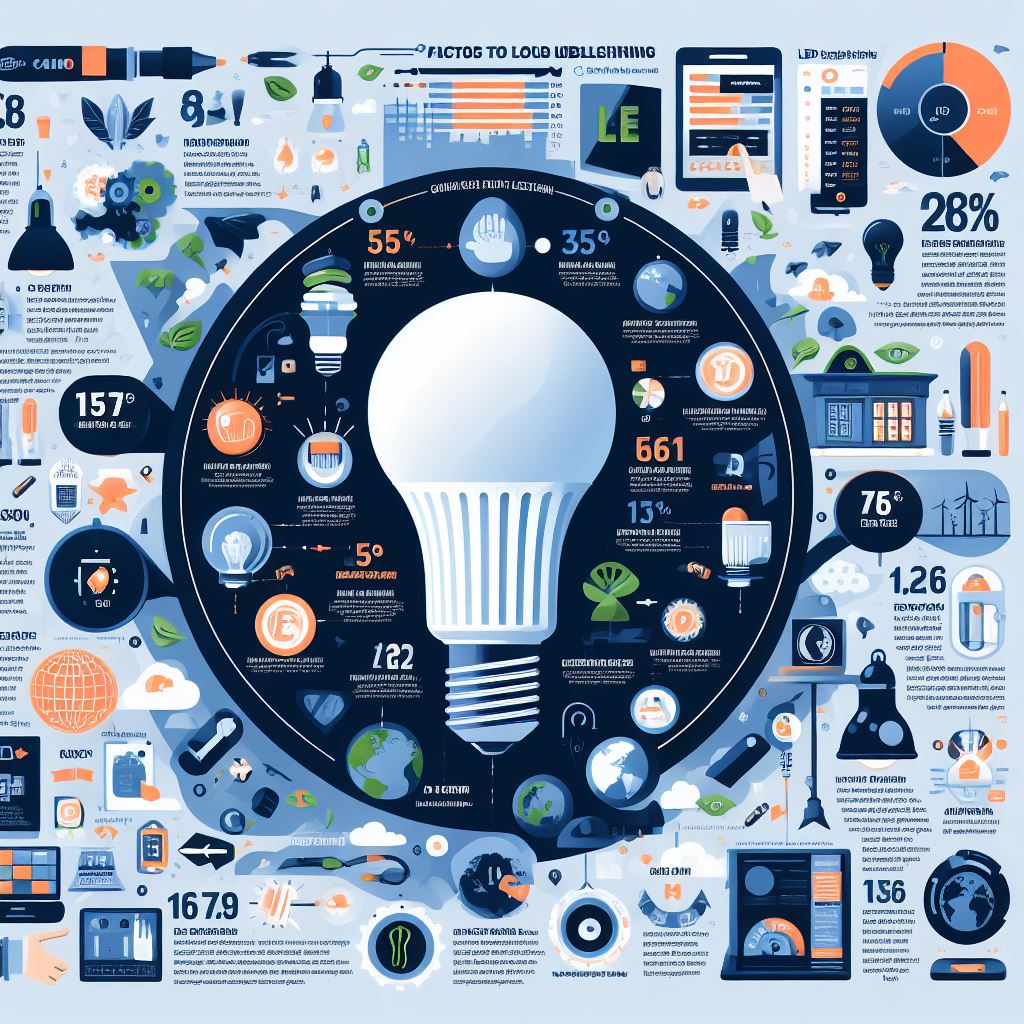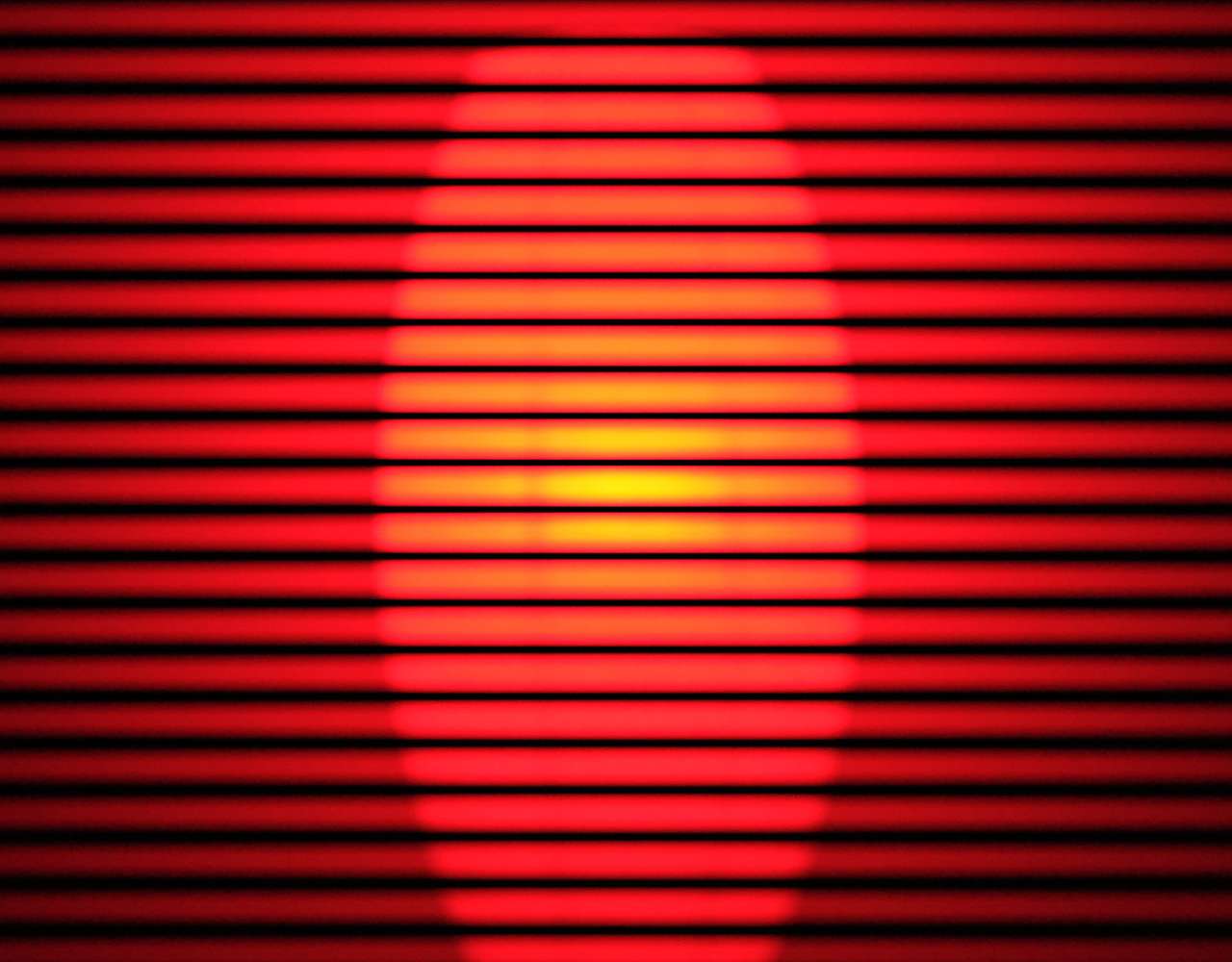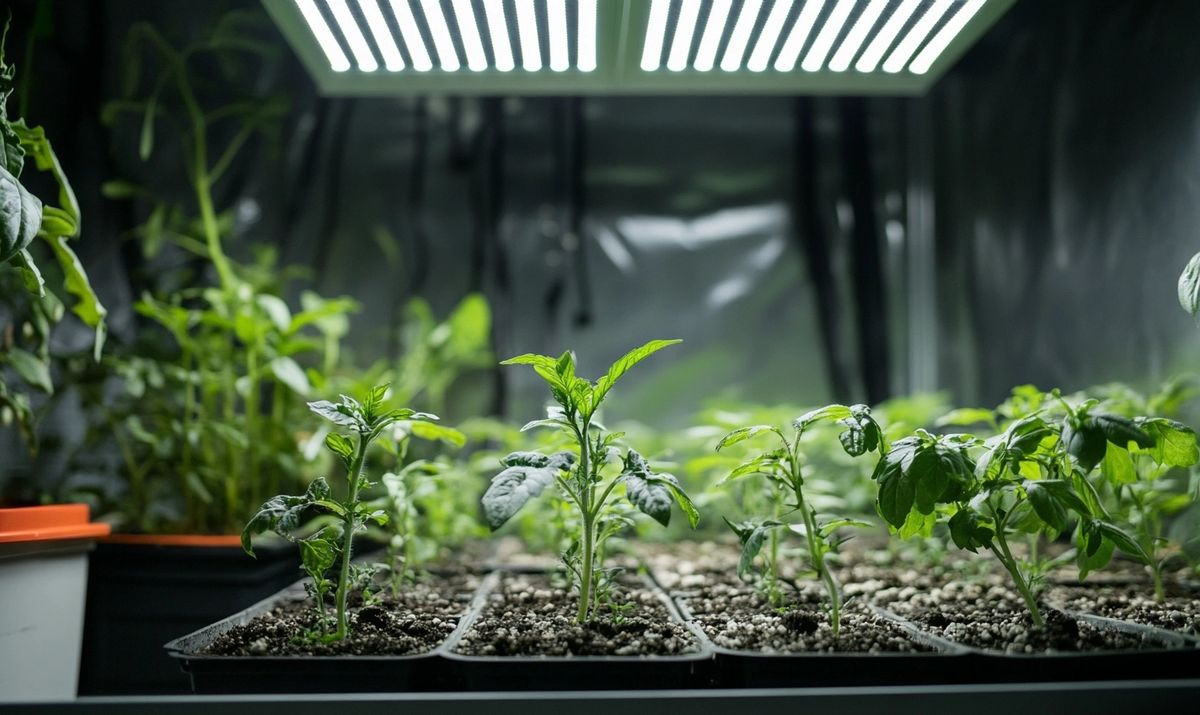
Welcome to our comprehensive guide on comparing different types of LED lights. As an expert in the lighting field, I am excited to delve into the fascinating world of LED technology and explore the various options available today.
LED lights have revolutionized how we illuminate our spaces, offering energy-efficient, long-lasting, and versatile lighting solutions. With advancements in technology, there is a wide array of LED light types, each with unique features and benefits.
In this detailed comparison, we will explore the distinct characteristics of popular LED light types, such as LED bulbs, LED strips, LED spotlights, and LED tube lights. By understanding the differences between these options, you can decide on the best lighting solution for your needs.
Whether you are looking to brighten up your home, office, or outdoor area, choosing the right LED light can significantly impact the ambiance and energy efficiency of your space. Join us on this illuminating journey as we compare the various types of LED lights and help you find the perfect fit for your lighting requirements.
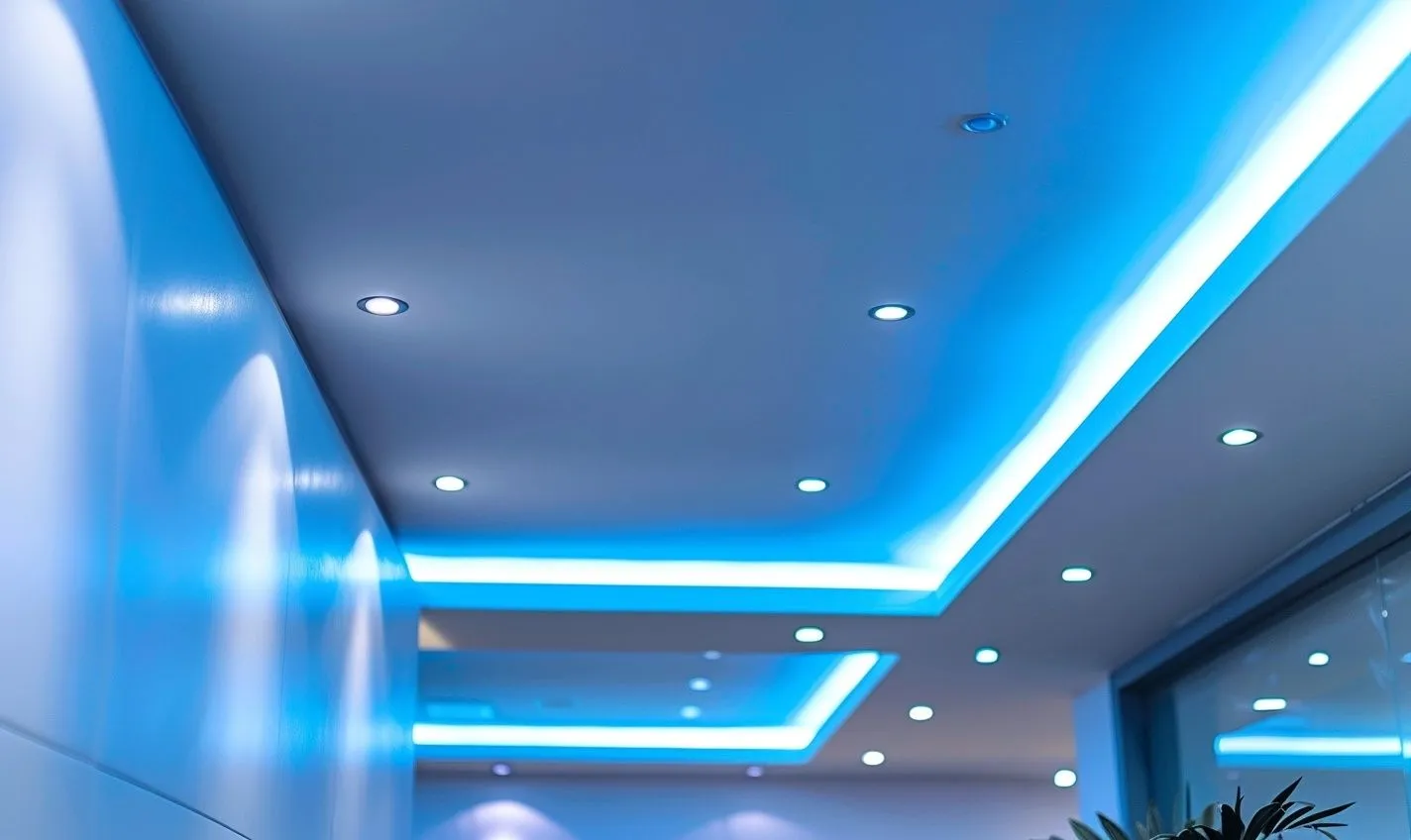
Understanding LED Light Types
There are various types of LED lights to choose from, each offering unique features and benefits. Let’s explore the world of LED light types to help you make an informed decision on the best LED lighting for your needs.
LED Bulbs
LED bulbs provide excellent energy efficiency and are popular for residential and commercial lighting.
LED Tubes
LED tubes are ideal for retrofitting traditional fluorescent tube fixtures, offering long lifespans and significant energy savings.
LED Strip Lights
LED strip lights are versatile and easy to install, perfect for accent lighting, under cabinet lighting, and decorative purposes.
LED Downlights
LED downlights are sleek and modern, providing focused lighting while saving energy and reducing electricity costs.
LED Panels
LED panels offer uniform lighting and are suitable for offices, schools, and other commercial spaces where bright, even light distribution is essential.
LED Modules
LED modules are customizable and ideal for signage, displays, and architectural lighting applications.
LED Grow Lights
LED grow lights are designed specifically for indoor plants, providing the right light spectrum for optimal growth and yield.
With so many LED light options available, it’s essential to consider your specific requirements and intended application to select the most suitable type. Whether you’re looking to illuminate your home, office, or garden, an LED light meets your needs.
Exploring Different LED Light Applications
So, you’re diving into the world of LED lighting and wondering about the various applications these innovative lights can offer. Let’s journey through the types of LED lights and their diverse uses across different settings and scenarios.
Residential Settings:
In homes, LED light bulbs are famous for their energy efficiency and long lifespan. They come in various color temperatures to suit different rooms and moods.
Commercial Environments:
Offices and warehouses often utilize LED tubes for their bright, uniform illumination. They are ideal for enhancing productivity and reducing energy costs.
Decorative Purposes:
When it comes to adding ambiance and flair, LED strip lights are a go-to choice. These flexible lights can highlight architectural features or as under-cabinet lighting in kitchens.
Horticulture Industry:
LED grow lights have revolutionized indoor gardening by providing plants with the specific light wavelengths they need for optimal growth. They are energy-efficient and promote better yields.
Specialized Applications:
From LED downlights that offer directional lighting for galleries and retail stores to LED panels and modules that efficiently light large spaces, the versatility of LED lights knows no bounds.
Outdoor Lighting:
In outdoor settings, LED floodlights and pathway lights are popular choices due to their durability and ability to provide bright illumination while being energy-efficient.
Understanding the different LED light types and their applications lets you make informed decisions when selecting lighting solutions for your space. Each type offers unique benefits that cater to specific needs and preferences.

Comparing LED Bulbs vs. LED Tubes
LED lights stand out as energy-efficient and long-lasting solutions for lighting up your space. But how do you decide between different LED light types, such as bulbs and tubes, for your specific needs?
LED Bulbs:
– Compact, easy to install
– Perfect for lamps and fixtures
– Offer focused lighting in small areas
LED Tubes:
– Suitable for larger spaces like garages or offices
– Provide uniform and expansive lighting
– Often used as retrofit options for fluorescent fixtures
So, which one should you choose – LED bulbs or LED tubes? Let’s delve into their differences:
– Durability: LED tubes are more robust for commercial settings.
– Energy Efficiency: LED bulbs are great for residential spaces to save on energy bills.
– Brightness: LED tubes offer higher lumens for widespread illumination.
– Cost: LED bulbs are budget-friendly for everyday lighting needs.
Deciding between the two is like choosing between a compact car and an SUV. Are you looking for a cozy, intimate glow like a bedside lamp, or do you need to illuminate a vast workspace like a bright office?
And remember, both LED bulbs and LED tubes come in various color temperatures, so you can create the ambiance you desire.
Whether you choose bulbs’ versatility or tubes’ efficiency, embracing LED technology is a bright choice for lighting up your world.

Highlighting the Benefits of LED Strip Lights
Looking to add a touch of ambiance to your space? Why not consider LED strip lights? These versatile lighting options offer myriad benefits that can elevate the atmosphere of any room. Let’s explore why LED strip lights are popular among homeowners and designers alike.
Enhanced Flexibility and Versatility
LED strip lights are known for their flexibility, allowing them to be bent, twisted, and manipulated to fit any space seamlessly. Whether you’re looking to illuminate a bookshelf, highlight architectural features, or create stunning backlighting, LED strips can be easily customized to meet your needs.
Energy Efficiency at Its Best
Many prioritize energy efficiency, so LED strip lights shine brightly in this area. These lights consume significantly less energy than traditional lighting options, translating to lower utility bills and reduced environmental impact. Say goodbye to outdated, energy-draining lighting solutions.
Long-lasting Durability
LED strip lights are designed to last, boasting an impressive lifespan far exceeding traditional lighting alternatives. With minimal heat emission and robust construction, these lights can withstand the test of time, keeping your space illuminated for years to come.
Color Options Galore
One of the standout features of LED strip lights is their versatile color options. From warm whites to vibrant RGB hues, these lights offer various colors to suit any mood or setting. With just the touch of a button, you can easily switch colors to create different moods and ambiance.
Whether you’re looking to add a pop of color to your living room, create a cozy ambiance in your bedroom, or enhance the functionality of your kitchen, LED strip lights offer a stylish and practical lighting solution that can transform any space.
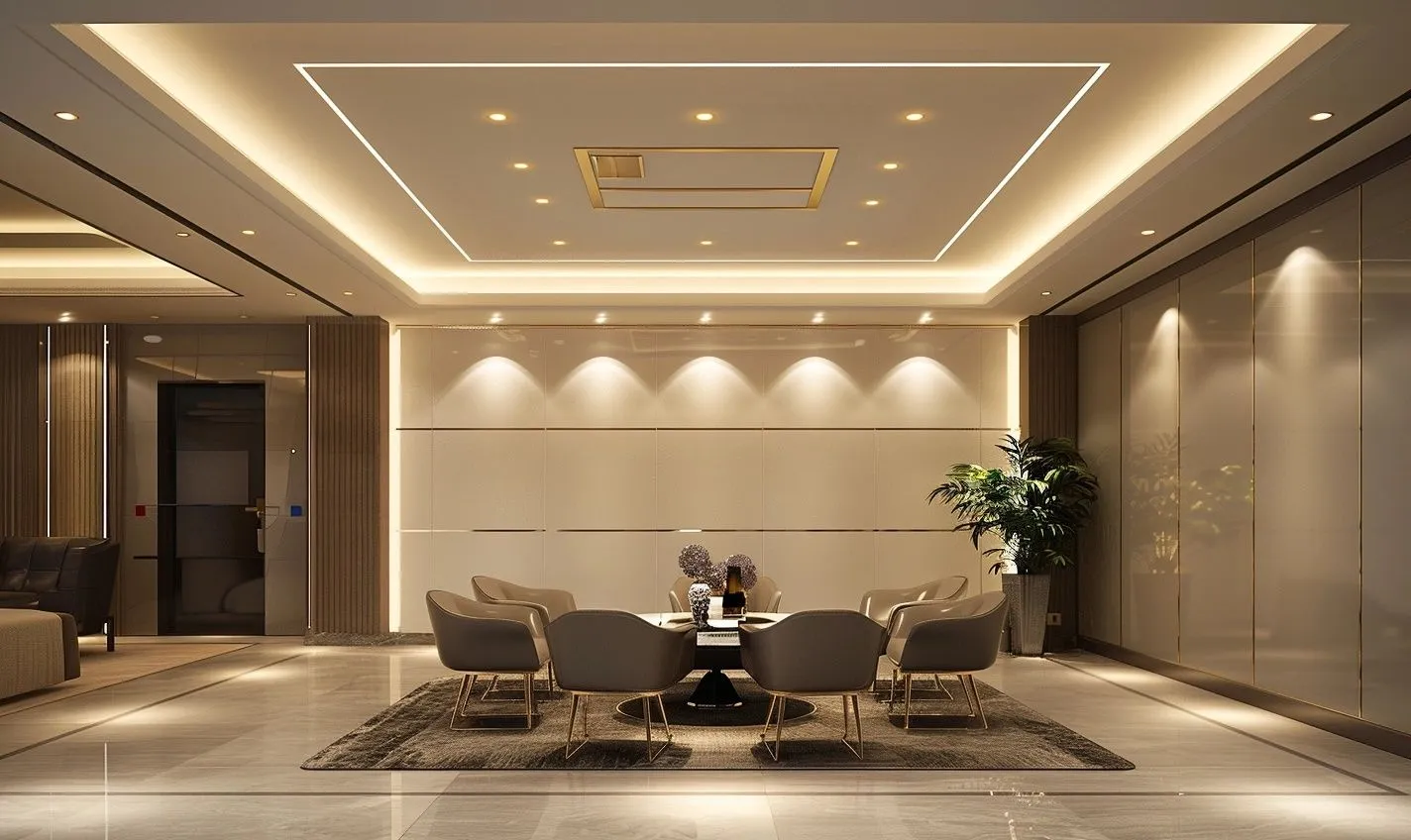
Discussing the Efficiency of LED Downlights
LED downlights are popular for homeowners and businesses due to their energy-efficient nature and versatile lighting capabilities. Let’s delve into what makes LED downlights stand out regarding efficiency and functionality.
The Power of LED Downlights:
LED downlights are known for their ability to produce bright, focused light using minimal energy. Their efficiency stems from:
- Low Energy Consumption
- Long Lifespan
- Instant Illumination
A Comparison of LED Downlights:
When compared to traditional incandescent or CFL bulbs, LED downlights offer significant advantages:
- Energy Efficiency
- Longevity
- Environmental Impact
Imagine the impact of LED downlights, like switching from a classic car that guzzles gas to a high-tech electric vehicle that zips around efficiently.
The best part is that LED downlights save electricity costs and contribute positively to the environment.
Efficiency isn’t just about saving money; it’s also about using resources wisely. LED downlights embody this principle by offering a win-win situation for consumers and the planet.
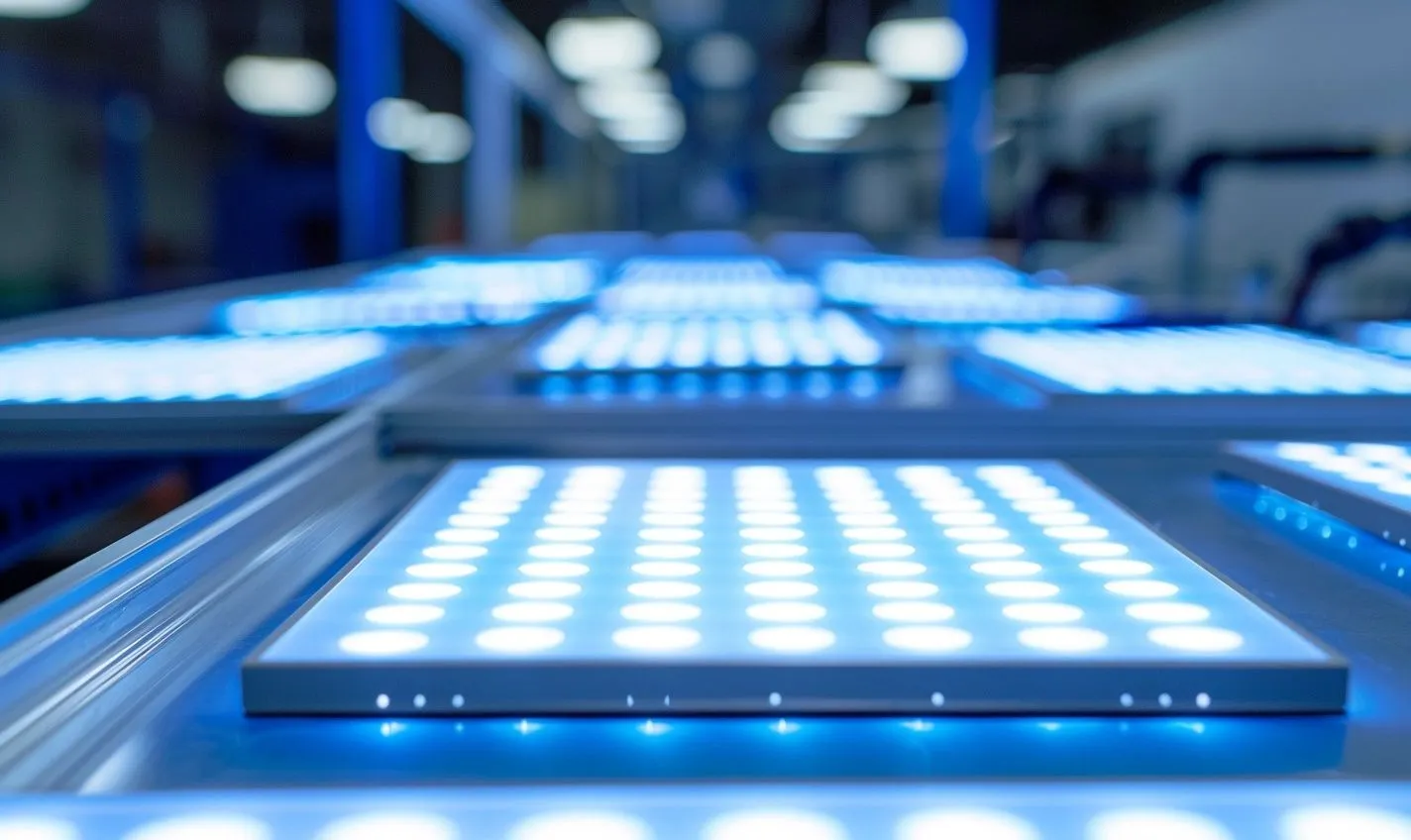
Comparing LED Panels and LED Modules
LED panels and modules are two popular options for lighting solutions, each with its own unique set of features and benefits. Let’s explore the specifics of these different types of LED lights to help you understand which one might best suit your needs.
LED Panels:
- Sleek, flat design that disperses light evenly
- Great for illuminating larger areas such as offices or conference rooms
- Energy-efficient with a low heat output
- Easy to install and maintain
LED panels are like the elegant ballroom dancers of the lighting world – they light up a room with grace and uniformity, casting a soft glow that envelops the space. Their efficiency and reliability make them a top choice for businesses looking to create a professional and well-lit environment.
LED Modules:
- Compact modules containing multiple individual LEDs
- Highly customizable, allowing for versatile lighting solutions
- Perfect for accent lighting or signage applications
- It can be easily replaced if one LED fails
LED modules are the chameleons of the lighting world – adaptable, versatile, and able to transform any space with their focused beams of light. Whether you’re looking to highlight a specific area or add a pop of color to your surroundings, LED modules offer flexibility and creativity in your lighting design.
When choosing between LED panels and LED modules, consider the size of the space you’re lighting, the desired aesthetic, and the level of customization you need. LED panels are ideal for wide, uniform lighting, while LED modules excel in creating focal points and unique lighting effects.
So, whether you need a gentle embrace of light from an LED panel or the vibrant spotlight of an LED module, there’s an LED light comparison to help you make the right choice for your lighting needs.

Understanding the Functionality of LED Grow Lights
Imagine a world where plants dance to the rhythm of light. Well, that world exists thanks to LED grow lights. These innovative luminaires simulate the natural sunlight plants crave to flourish indoors. But how do they work their magic?
How Do LED Grow Lights Function?
Well, LED grow lights emit specific wavelengths of light that cater to plants’ different growth stages. These lights optimize photosynthesis and plant growth by balancing red, blue, and sometimes white light.
- Red light aids in flower and fruit production, promoting budding.
- Blue light supports vegetative growth by encouraging stem and leaf development.
- White light mimics natural sunlight, providing a broader spectrum for overall plant health.
The Benefits of Using LED Grow Lights
Unlike traditional light sources, LED grow lights offer a plethora of benefits:
- Energy Efficiency: LEDs consume less energy, reducing electricity costs.
- Longevity: These lights have a longer lifespan, ensuring durability.
- Customization: You can adjust the light spectrum based on plant needs for optimal growth.
Comparing LED Grow Lights to Traditional Lights
But how do LED grow lights stack up against traditional options? Let’s take a quick look:
| Factors | LED Grow Lights | Traditional Lights |
|---|---|---|
| Energy Consumption | Low | High |
| Lifespan | Long | Short |
| Heat Emission | Low | High |
With these key differences, it’s clear why LED grow lights have become the go-to choice for indoor gardening enthusiasts.
So, the next time you see your indoor plants flourishing under a mesmerizing glow, remember that it’s all thanks to the magic of LED grow lights.
Conclusion
In conclusion, exploring the various types of LED lights is essential for making an informed purchasing decision. Each type of LED light comes with its own set of unique features and benefits.
There is a wide range of options for LED tube lights, strip lights, and panel lights to suit specific lighting needs and preferences.
By conducting a thorough LED light comparison, consumers can assess energy efficiency, brightness, color temperature, and lifespan to determine the most suitable option for their space.
Whether you are looking for task lighting in your office, accent lighting in your living room, or ambient lighting in your bedroom, an LED light type fits the bill.
Investing in LED lighting helps save energy, reduce electricity bills, and creates a more sustainable and eco-friendly environment. Choose wisely and let LED lights illuminate your space efficiently and effectively.
Frequently Asked Questions (FAQs)
What are the different types of LED lights available in the market?
The most common types of LED lights include LED strips, LED bulbs, LED tube lights, LED downlights, and LED panel lights.
How do different LED lights compare in terms of energy efficiency?
LED lights are known for their energy efficiency. LED bulbs are more efficient than traditional incandescent bulbs, while LED panel lights are great for larger spaces with high illumination needs.
Which type of LED light is suitable for indoor lighting?
LED downlights are a popular choice for indoor lighting due to their sleek design and focused illumination. They are commonly used in kitchens, living rooms, and offices.
What are the benefits of using LED strip lights?
LED strip lights are versatile and can be used for various purposes, such as accent lighting, task lighting, and decorative lighting. They are easy to install and can be customized to fit different spaces.
Are LED tube lights a good replacement for fluorescent tubes?
Yes, LED tube lights are an excellent replacement for fluorescent tubes. They are more energy-efficient, have a longer lifespan, and produce better quality light without flickering or humming.

